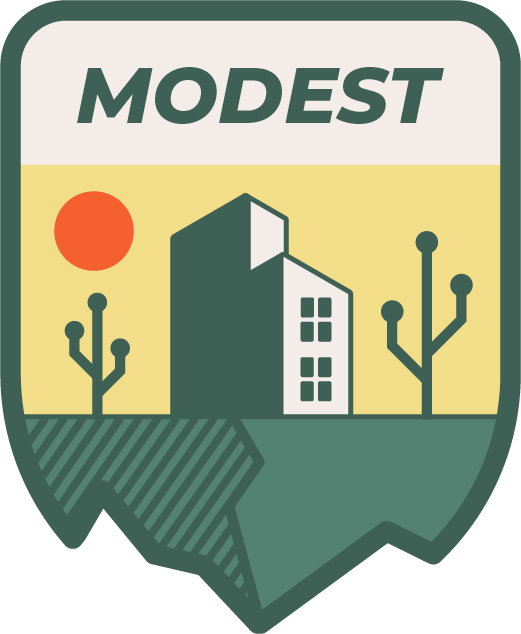It wasn’t so long ago that custom business software-as-a-service (SaaS) was a hard sell. People preferred custom business software hosted on their own local networks and maintained by their own IT teams. But as is often the case, things change. Today, SaaS is where it’s at. But it is still not perfect.
Custom business software running on local networks and computers had its pros and cons back in the day. When the SaaS crowd came along a little over 20 years ago, they began promoting a model designed to overcome some of the problems inherent to locally hosted software. SaaS did manage to accomplish its main goal. But it has its own inherent weaknesses.
The question for companies and their IT teams is how to handle software needs. Given that the SaaS model rules the day, it is probably helpful to look at its good and bad points.
SaaS: The Good
Let’s be clear about one thing: here at Modest, we are essentially in favor of the core SaaS model. We believe it is superior to purchasing custom-built, locally hosted, or cloud-based software for most applications. The model has plenty of good things to offer:
1. Lower Costs
One of the primary benefits is lower costs. Initially, companies spend less because they aren’t paying for a software package they will own and eventually need to upgrade. Rather, they are paying for a subscription of sorts. They are paying for a service wrapped up in an application.
2. Better Scalability
In order for SaaS to work for the service provider, it must be cloud-based. Software in the cloud has a decided advantage inasmuch as it makes for better scalability. You can scale up cloud applications a lot easier than locally hosted software.
3. Maintenance and Updates
Software in the SaaS model is routinely maintained and updated. Customers get regular bug fixes and security patches. They also get plenty of support, at least in theory. Support is something that tends to be sorely lacking with purchased software.
SaaS: The Cons
Not everything about the SaaS model is sunshine and roses. It does have its negatives. But if a company can overcome them, the SaaS model does seem to work quite well most of the time. Here are some of those challenges:
1. Lack of Customization
SaaS solutions are designed to appeal to as broad an audience as possible. More often than not, customers get a generic application with little to no customization opportunities. When customization is possible, it is typically limited.
2. Limited Support for Unique Needs
Service providers cannot possibly account for every unique need among their customers. That being the case, there are times when a company has certain needs that just cannot be met by SaaS solutions. Instead, they must adapt their workflows to the limits of the software.
3. Too Many Options
Believe it or not, the SaaS model can be overwhelming to business owners because it offers too many options. It is easy to start shopping for software only to be presented with a laundry list of features that one cannot make heads or tails of. A business owner does not know which service to sign up for because he doesn’t even understand his needs in relation to all the options.
SaaS is still the better way to go for software in the modern cloud-driven era. But pure SaaS doesn’t always work. That’s why we developed the Modest model. We combine the best of SaaS with the power of custom business software to create unique solutions for each of our clients. Why not give us a try?
